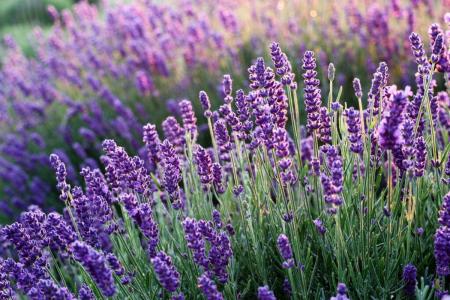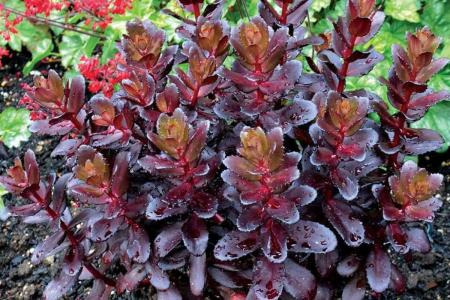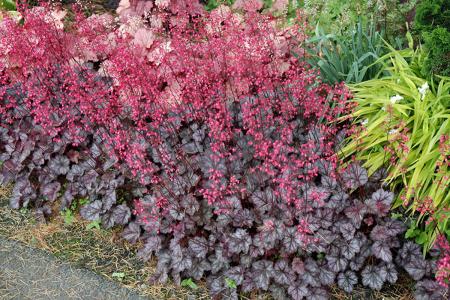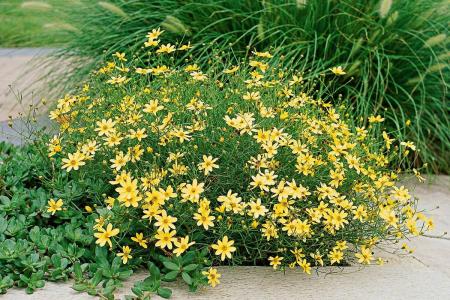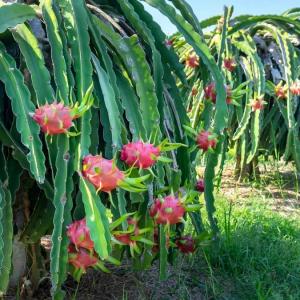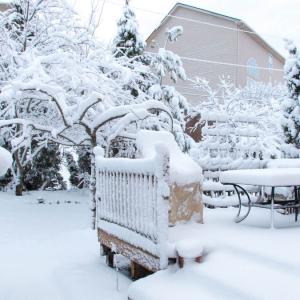Here is a list of 6 of the hardiest outdoor ornamental plants:
Lavender:
A popular aromatic herb known for its fragrant flowers and silvery leaves. Tolerates drought, heat and strong sun. Attracts butterflies and bees. Requires regular pruning to maintain a compact shape.
Sage:
Another aromatic plant with a variety of colorful leaves and edible flowers. Prefers sun and well-drained soil. Drought and heat resistant. Ideal for herb gardens and perennial gardens.
Nepeta (cat grass):
A perennial plant with small, fragrant flowers that attract butterflies and bees. Adapts to a variety of light and soil conditions. Drought and heat resistant. Perfect as a ground cover or border plant.
Sedum (fatty grass):
A succulent plant with thick, fleshy leaves available in a variety of colors. It requires good light and well-drained soil. Very drought tolerant. Ideal for rock gardens and terraces.
Heuchera (coral bells):
A perennial plant with decorative leaves and delicate flowers. Prefers partial shade and humus-rich soil. Drought resistant. Perfect for shade gardens and perennial gardens.
Coreopsis:
A perennial plant with bright yellow or orange flowers. Prefers sun and well-drained soil. Tolerates drought and heat. Ideal for sunny gardens.
These are just a few of the many hardy ornamental plants that can beautify your garden, even in the most difficult conditions. Helpful tip! Choose plants that best suit your needs and preferences to create a beautiful and sustainable outdoor space.



